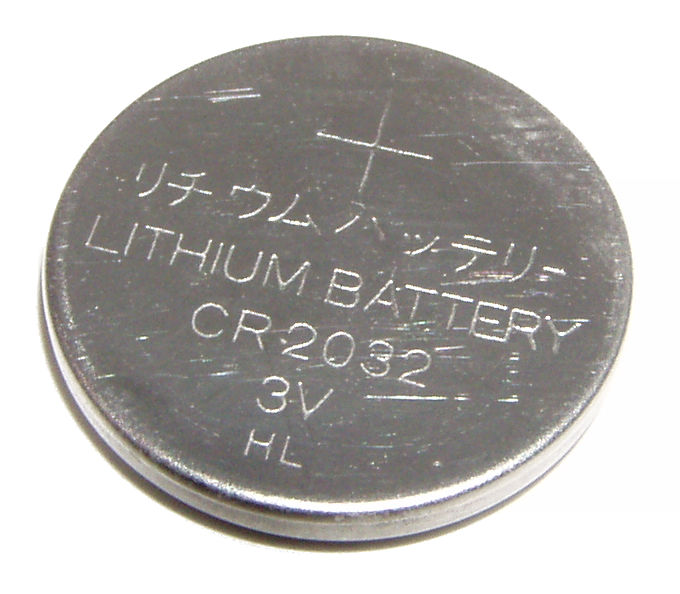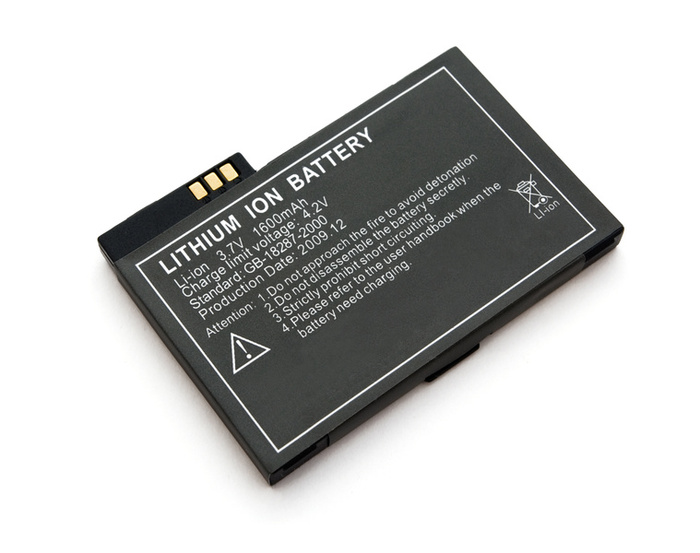Lithium Batteries in Transportation
18th Jan 2015
Lithium Batteries have quickly become one of the most popular forms of energy. We use them in every facet of our life. There are two types of Lithium Batteries, Lithium Metal Batteries and Lithium Ion Batteries. Both of them are regulated in transportation. Shipping them requires training. The myriad of shipping variables they present are mind boggling. To cut the variables in half, we must know if we’re working with Lithium Metal (also known as Primary non-rechargeable batteries) or are we working with Lithium Ion (also known as rechargeable batteries). They are classified and regulated using different formulas or methods.

Lithium Metal non-rechargeable batteries are the ones we find in our watches, smoke detectors, defibrillators, or calculators. They can be all shapes and sizes. There are special exceptions for certain lithium metal batteries called “coin cells” or button cells. Little round devils about the size of a nickel, dime, or quarter, where the diameter is greater than the height. Lithium Ion Batteries are the rechargeable one’s we use in our cell phones, laptops, hand-held tools, and other devices.
Lithium Metal Batteries are classified and regulated based on their lithium content. How much lithium metal is actually contained in the battery? Lithium Ion Batteries are classified and regulated by the amount of watt hours they produce. The quickest and easiest way to identify the quantity (metal) or the watt hours (ion) is with a Safety Data Sheet for the battery. Just be aware that some Safety Data Sheets may contain information only on the cells and not batteries that may have been built from those cells.
For both types of batteries our government and the regulations make exceptions. These exceptions can be mind boggling as well. Let’s start with Lithium Metal Non-Rechargeable.
Lithium Content – right? Lithium Metal Batteries or cells which contain less than one gram of lithium per cell or less than two grams of lithium per battery, are considered small batteries or cells, for which there are exceptions.

Furthermore, if these “small” batteries are actually “button cells”, and they are contained in circuit boards or other equipment, they do not require any marking, labeling, documentation or any notification to the carrier. If small lithium metal batteries (not coin/button cells) are “contained in equipment” AND there are no more than four cells or two batteries in one box, they too are excepted from marking, labeling, docs, and notifying the carrier – it’s almost as if they were non-regulated. Just don’t exceed the 2 battery or 4 cell limit per package. So, 2 iphones in a box is fine – you don’t need to do anything except pack it properly. 3 iPhones in a box is another story and you’ll need to mark the package and provide some safety documentation.
Sometimes the batteries are packed with the equipment they’re intended to power, but they’re not actually installed in it. Here the noose begins to tighten a bit and we are faced with certain marking/labeling and safety documentation. Batteries shipped by themselves are always regulated (well, everything is always regulated but these items by themselves will always require marking and safety documents, even by ground transport). These batteries shipped by themselves are prohibited for transport as cargo on a passenger airplane. If your lithium battery exceeds two grams of lithium it is fully regulated.

Lithium Ion batteries are regulated by the amount of watt hours they produce. Same concept as with metal batteries. For small batteries there are exceptions. A small battery produces less than twenty watt hours per cell or less than one hundred watt hours per battery. I have not met a cell phone or laptop computer that exceeds these requirements. These batteries by themselves are regulated. These batteries “packed with” equipment are regulated. The batteries “contained in” equipment are excepted from the regulations provided there are only 2 batteries or 4 cells in one box. And just like the metal batteries, if your battery exceeds the one hundred hour watt requirement, it is fully regulated.
I made a video a couple of years ago that highlights the differences with these batteries and the degree of regulations associated with them. Check out the video!.

In addition, DGI Training is now offering a computer program to help you wade through the myriad of variables guiding you to appropriate packing instruction. There are actually 53 different shipping guides for lithium batteries depending upon the mode of transport and the configuration of the package. Let us take the guesswork out of it, check out a demo of our Lithium Battery Wizard.

